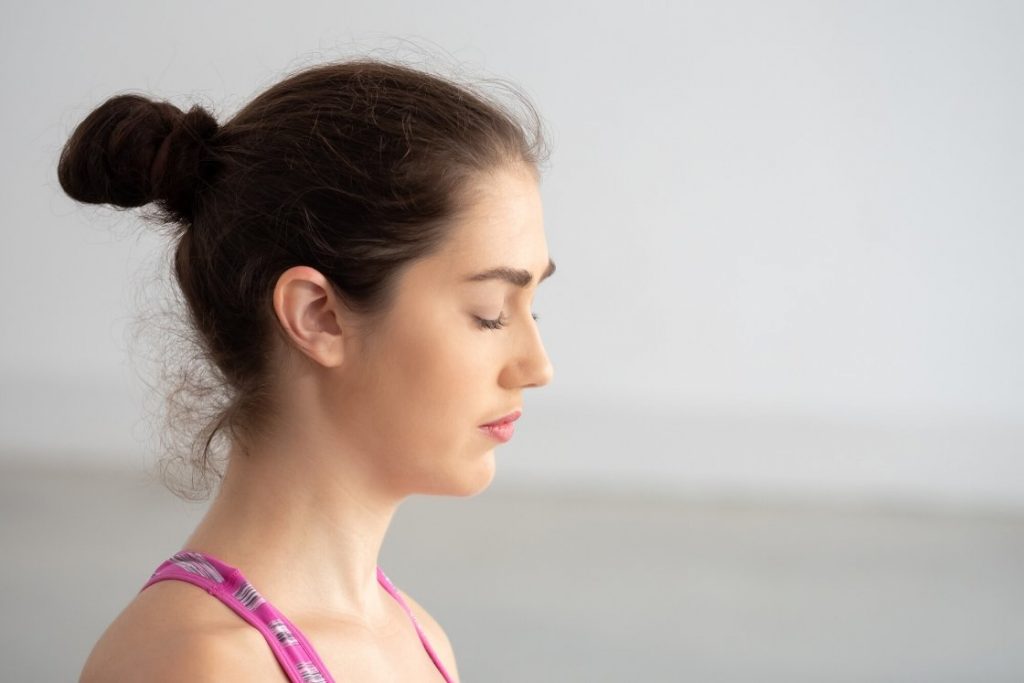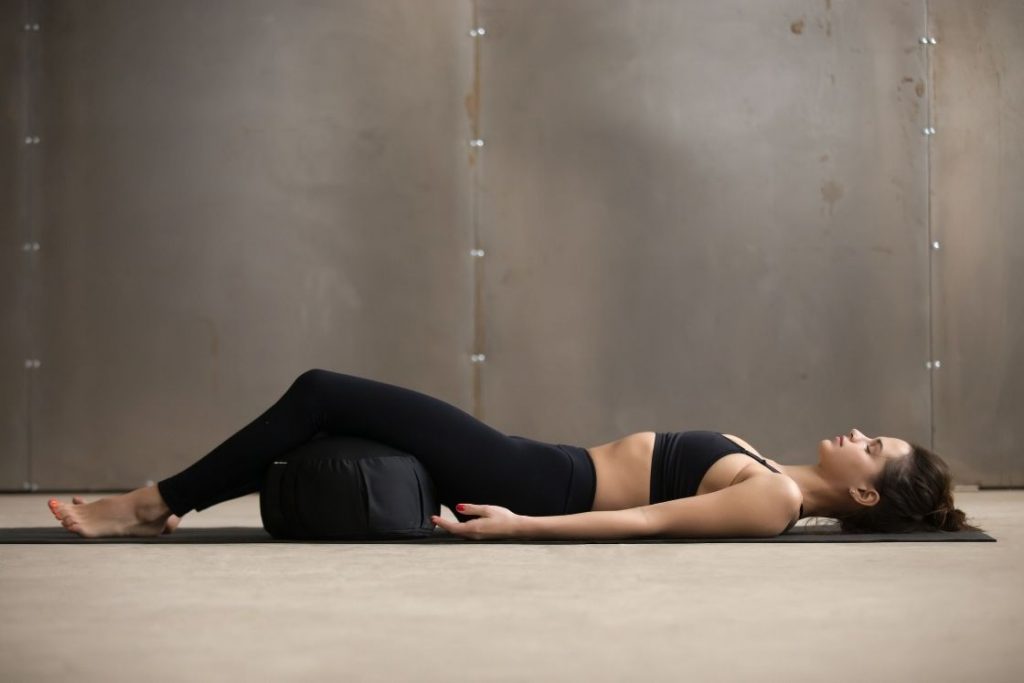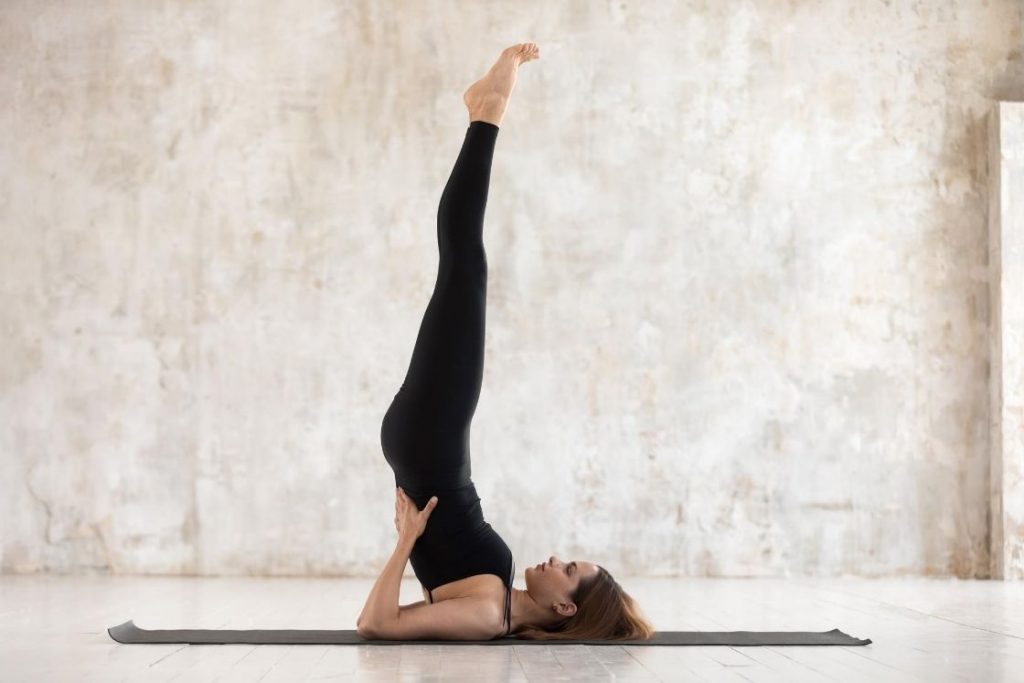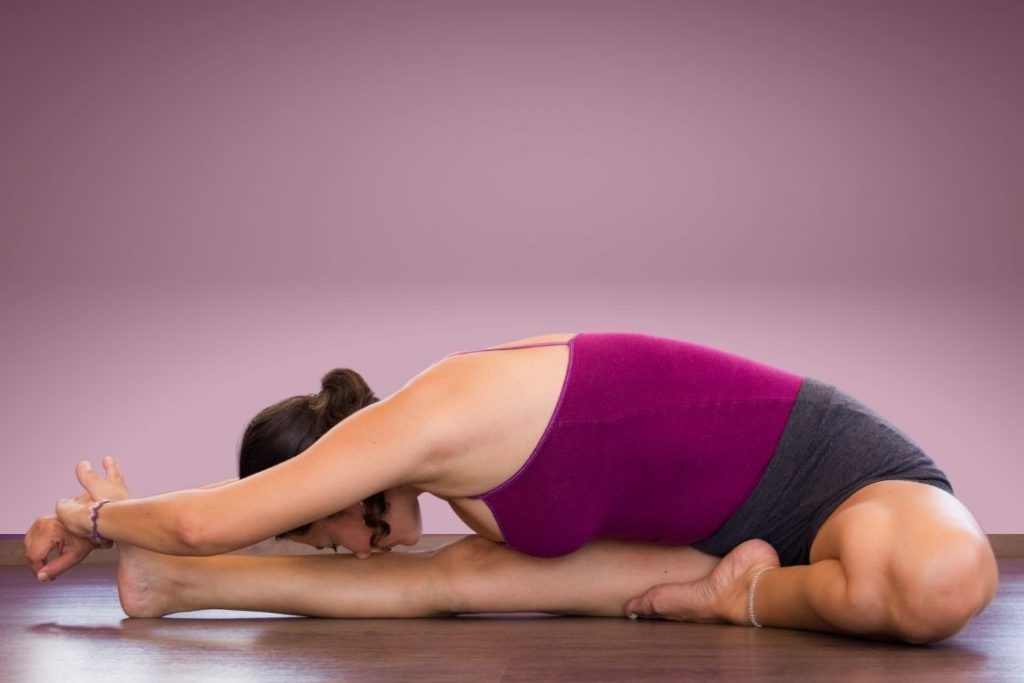A
Ashish
Guest

Source: canva
Just like any other emotion, anger is part and parcel of life. There are multiple scenarios and situations where we can’t help but get angry. However, it is a negative emotion that not only affects us mentally but also physically.
Anger activates the sympathetic nervous system which is in “fight or flight” mode. During an episode of anger, your heart rate, breathing, and blood pressure increase. This can cause a plethora of problems that not only affect your emotional, mental and physical well-being but also affects the people around you.
Fortunately, you have an easy and safe way to curb and control this negative emotion. Through practising yoga and meditation, you will be able to handle your emotions well and think positively.
There are many yoga asanas, mudras, pranayama, and meditation techniques that you can imbibe in your life to successfully contain your anger.
What does science say about yoga and anger management?
In 2008 1, a randomized control trial was done on 226 participants whose ages ranged between 17-62 years. They were divided into two groups – Yoga (Y) group practiced an integrated yoga module that included asanas, pranayama, meditation, notional correction, and devotional sessions. The other group was told to practice moderate physical exercises (PE).
After 8 weeks, it was noted that people in the Y group had a significant decrease in verbal aggressiveness as compared to the PE group.
In 2016 2, a paper was published which showed that a single meditation session was helpful in reducing the body’s response to anger on experienced and beginners alike.
Another study 3 shows that a group of adolescents who regularly practiced yoga were better equipped to handle their emotions, such as anger, sadness, anxiety and feelings, and had good self-esteem.
A paper published in 2012 4 has published the results of how yoga intervention on 98 elderly people improved their psychological health. They were taught various poses and were assessed on the levels of anger, anxiety, depression, morale, self-efficacy, and self-control.
In a different study 5 conducted on 113 psychiatric inpatients at New Hampshire Hospital, it was observed that after a yoga intervention, there was a significant improvement in tension-anxiety, depression-dejection, anger-hostility, fatigue-inertia, and confusion-bewilderment.
Even though there have been multiple studies and research have been conducted, this literature review 6 noted that in the papers they reviewed, many had limitations such as small study populations, lack of randomization, and lack of a control group. Hence more evidence is needed to prescribe yoga as a full-fledged treatment option.
Besides the caution, it cannot be ignored that breathing techniques and stimulating certain body areas do help in controlling our anger.
How can you control your anger?
There are a number of ways to keep your anger in check by making a few changes in your life such as:
- Eating healthy, fresh, non-spicy, and non-oily foods.
- Getting quality restful sleep.
- Be less self-critical by accepting your flaws and working on them.
- Know when to show or suppress your anger.
- Let positivity surround you by engaging with positive and supportive people.
- Accept that no one is perfect. People will not behave the way you want.
- Practice pranayama, yoga, and meditation.
In this article, we will be focusing on the last tip and list some effective yoga asanas to help with your anger management.
Yoga poses for Controlling Anger
Some of us are adept in handling our emotions and feelings however, for most of us, we are prone to outbursts and lashing out in ourselves and others. This often results in guilt and shame, which also results in getting angry at ourselves, and thus a vicious cycle is created.
Practicing yoga will not only calm your mind but will also give you the confidence and strength to control your anger.
Here are some effective yoga asanas for anger management that you can perform regularly:
1. Corpse Pose (Savasana)

This pose is one of the simplest yet challenging poses. It is often performed at the end of a yoga session or as a transitional pose. The benefits of lying down completely on your back are immense, thus this pose should not be taken lightly.
On a yoga mat or a thick blanket, lie down completely on your back. Keep your legs straight with toes pointed upwards or sideways. Your hands should be beside you with palms up. Close your eyes, focus on your breathing and let your body relax.
Savasana will help you relax by stabilizing your heart rate and blood pressure, which are side effects of anger. It also activates the parasympathetic nervous system that is responsible for the “rest and digest” mode after an emotional or traumatic episode.
2. Supported Shoulder Stand (Salamba Sarvangasana)

Image: Canva
While this pose comes under the category of the advanced pose, the inversion helps in increased circulation to the head. It is a great pose for people who suffer from frequent episodes of anger, irritability, or any other emotional or hostile outburst.
- Place a thick folded blanket and lie down with your shoulders supported by the blanket.
- Fold your legs so that the feet are firmly grounded to the floor and heels close to the sitting bones. Rest your arms beside your torso and on an exhale, press your arms to the floor and lift your feet bringing your thighs towards your torso
- Keep lifting till your knees are in front of your face and your pelvis and lower back have completely lifted from the floor. Over here, bring your hands to support the lifted part of the back keeping your upper arms straight.
- Lift your torso so that the area below the shoulder is relatively perpendicular to the floor. Slide your hands back so that they are now supporting your mid-back.
- Slowly, straighten your legs one by one and point your toes towards your head. To correct your alignment, make sure your feet are over your hips and hips are over the shoulders. Hold this position for 8-10 breathes.
- To come back from this pose, bend your knees one by one and slowly lower your torso while sliding your hands from the mid-back to the pelvis. Place yoru feet on the floor and straighten them to rest in Savasana.
3. Revolved Crescent Lunge (Parivrtta Anjaneyasana)
This twisting pose will help in stimulating and massaging the spinal column. The stretching of the hips helps you feel grounded. Anger creates tension in the muscles and spinal column and the revolved crescent lunge will give you a nice stretch to release this tension.
- Begin by standing in Tadasana (Mountain Pose). Bring your right leg in front of you creating a gap of 3-feet between your legs keeping your right feet pointed forward
- Bend your right knee to make the thighs parallel to the floor and knees stacked on the ankle. Bring your left knee down to the floor so that the lower part of the leg rests completely on the yoga mat.
- Put your hands in the Anjali mudra in front of your chest.
- Twist your torso to the right side, bringing your left elbow to rest on the outside of the right knee. The other elbow will be pointed towards the ceiling. Your gaze can be slightly upwards, towards the ceiling.
- Hold this position for 5-8 breathes or as long as you can. Repeat with the left leg as well.
4. Head-to-knee Forward Bend (Janu Sirsasana)

Image Source: Shutterstock
This forward bend is also effective in stretching your spine and back muscles and massaging the abdomen. The lowering of the head encourages blood and oxygen circulation which helps in calming the mind.
It is also effective in stimulating and relaxing the nervous system which helps with anxiety, anger, and mild depression.
By releasing tension from the muscles and calming a chaotic mind, your anger will surely reduce.
- Sit in Dandasana (Staff Pose) on a yoga mat. Bend your right knee and bring the sole to rest on the inner left thigh.
- As you inhale, sit up straight with your spine straight, your chest expanded slightly, and stretch the crown of your head towards the ceiling.
- On exhale...
Please login to view full content. Log in or register now.
